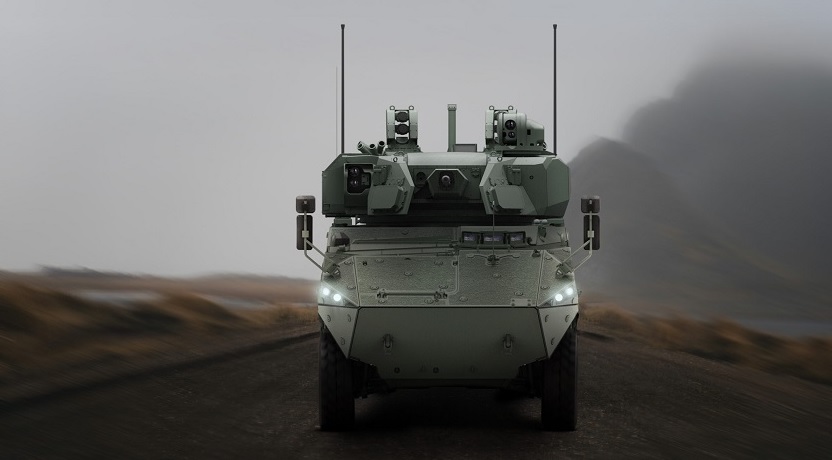China Makes Progress on Raptor-like Engines for Super Heavy Rocket

China is making significant strides in advancing its full-flow staged-combustion-cycle methane engines intended to propel the reusable Long March 9 super heavy-lift launcher. The ongoing efforts encompass the development of rocket engines generating 200 tons of thrust, involving progress in both overall design and individual components.
Testing procedures include the ignition of prototypes and scaled components like igniters, gas generators, and thrust chambers. A recent article authored by members of the Xian Aerospace Propulsion Institute details China advancements in methane-liquid oxygen engines, with a focus on the full-flow staged-combustion-cycle design. This institute is a key player in the design of liquid propulsion rocket engines under the China Aerospace Science and Technology Corp. (CASC).
According to the outlined plans by CASC officials, clusters of 26 reusable engines are intended to power the first stage of China Long March 9 launcher. The target for the inaugural test flight of this massive rocket is 2033.
The article highlights that research into these engines began in the 1980s, resulting in the development of 10-ton and 80-ton-thrust methalox engines. The latter has successfully undergone hot fire tests, showcasing advancements in reliability and reusability. The pursuit of full-flow staged-combustion-cycle methalox engines aligns with China ambitions for large-scale deep space exploration, including a Mars landing.
Comparatively, the paper positions these engines as comparable to SpaceX Raptor engine, asserting superiority over Blue Origin BE-4 and other domestic and international methane engines. However, it acknowledges challenges, including complex system configuration, integrated layout difficulties, and ignition process control.
The authors stress that China foundations for fully developing these engines are relatively weak, emphasizing the need to strengthen efforts in related technologies. Despite challenges, achieving low-cost, highly reliable, and rapidly reusable engines is considered crucial to national objectives, representing a significant technological leap for China space sector.
The article also acknowledges progress made by Chinese commercial entities in methalox engines, citing examples such as CASIC Mingfeng-1 engine, Landspace Tianque engines, the JD-1/Focus-1 engine for iSpace Hyperbola rocket series, and Longyun engines by Jiuzhou Yunjian.
The developments in methane engines within China, coupled with advancements in the United States and SpaceX reusability demonstration, have prompted a shift in China long-term space transportation plans. While initial plans involved kerosene-liquid oxygen engines for the Long March 9, newer designs in 2022 and 2023 now feature methalox engines. Additionally, China is working on a three-stage heavy-lift rocket for lunar missions by 2030, powered by upgraded kerolox engines with potential recoverability and reusability.



